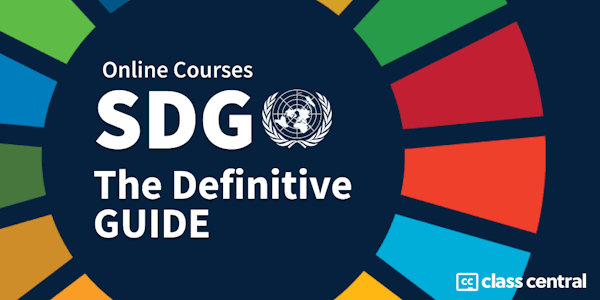Health was recognized as a cornerstone of human development in the Millennium Declaration and the Millennium Development Goals (MDGs), with three goals explicitly linked to health indicators, and others in some way linked to health. However, since the framing of the MDGs, the world has been witness to significant demographic and epidemiological transitions. While the threat of communicable diseases persists, there is a growing burden of non-communicable diseases such as heart disease, respiratory illnesses, cancers, and diabetes, especially in low and middle income countries. These are attributable to traditional risk factors like alcohol and tobacco use, unhealthy diets and lack of physical activity, and increasing exposure to risk factors like air pollution, inadequate access to clean water and sanitation facilities, climate change, and natural disasters.
Health has intrinsic value, especially when framed as a basic human right, but has added importance when framed in the context of progress on the social, economic and environmental pillars of sustainable development. Health is influenced by environment, food systems, energy security, transport, trade and human migration. Health also has a positive influence on other sectors, with investments in health shown to have a positive impact on economic development. Improved health is also essential to achieving other development goals such as poverty reduction, gender empowerment, universal education and conflict resolution. The intersection of health with so many other sectors therefore necessitates an across the board approach to addressing health in any sustainable development agenda post-2015.
Public health looks at the determinants of health which act at the level of populations or people as a whole, and then tries to influence those determinants so that ultimately the impact is on improving the health of individuals. This course provides a comprehensive understanding of the interdisciplinary field of Public Health from a global perspective. The concepts outlined in this course will bring to light the vital importance social, economic and environmental factors affecting the health of populations, and of good health for all in achieving sustainable development. These concepts aim at portraying a holistic view of global health and creating awareness about current challenges in global public health, as well as defining the importance of good health in the broader vision of sustainable development.
This course will cover a broad range of topics, starting with an introduction to the basic tenets of public health, and the importance of social determinants. Moving on, we discuss the global burden of communicable and non-communicable diseases, and highlight the appropriate public health responses. We then discuss the importance of health systems in promoting the health of populations, and the different methods employed around the world to achieve universality in access to health services. The course also address new and emerging issues including environment change, technologies, and global governance, emphasizing the links to health in each case.
Course Structure and Requirements
This 10-week course is structured around a series of pre-recorded lectures, readings, quizzes and an interactive discussion forum. Each of these course components can be completed at a time that is convenient for the student. The material for each week is made available each Monday, and once the material has been opened, it remains open for the duration of the course. There will be no mandatory written assignments for the course but the course encourages active participation in the discussion forum.
In addition to the asynchronous components of the course, instructors will hold 3 real-time Google Hangouts to encourage students to ask questions and engage directly with experts. These Hangouts will be announced 1-2 weeks in advance. As a guideline, in order for students to become part of the community, engage with the content and get the most out of the course, they should aim to spend approximately 5-6 hours per week.
All students who successfully complete the course requirements will receive a digital certificate of completion signed by Professor K. Srinath Reddy. Students that participate actively on the forum discussions will receive certificates of completion with distinction. While this course is not credit granting, we encourage students to work with their own institutions to explore the option of granting credit for online coursework. More details will be provided following the launch of the course.

